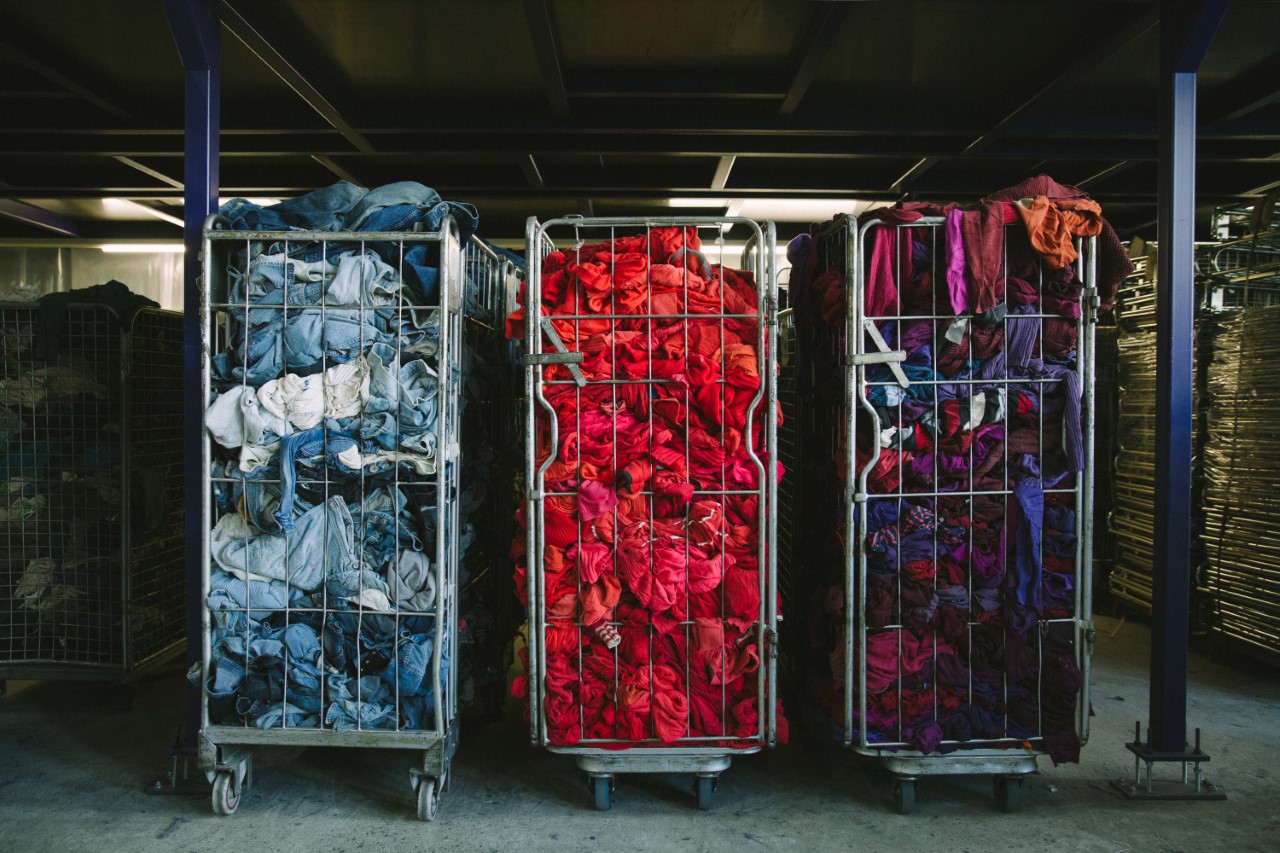
Environment / Fashion /
Turning old, unwanted clothing into new clothing seems like a no-brainer for the fashion industry, which makes billions of new garments from virgin materials each year. The current linear business model of making new clothes — only for them to rapidly end up in the bin — is about as unsustainable as fashion can get. In Europe, it’s estimated that each person generates 15 kilograms of textile waste per year, most of which is sent to landfills or incinerated.
Despite the rising demand for recycled materials, less than one percent of clothes were recycled into new clothing in 2021. The recycled polyester in your gym leggings is likely made from rPET (i.e recycled plastic bottles) which make up the majority of recycled fibres on the market. While this might seem like a step in the right direction, rPET polyester is fraught with issues. Once plastic bottles become clothing, it’s unlikely these textiles will be recycled again, removing them from the circular economy. That’s not to mention the microplastics that shed off recycled polyester just like its virgin counterpart.
Surely the business case for recycling clothing has never been stronger, but despite urgent need, the sector is still in its infancy. “We have seen a lot of innovation come to the fore in the last 4 or 5 years, and it’s garnering a lot of interest,” says Kathleen Rademan, director of the innovation platform at sustainability accelerator Fashion For Good. “But from a total volume perspective, it’s pretty nascent.” So what’s holding the industry back from embracing recycled textiles?
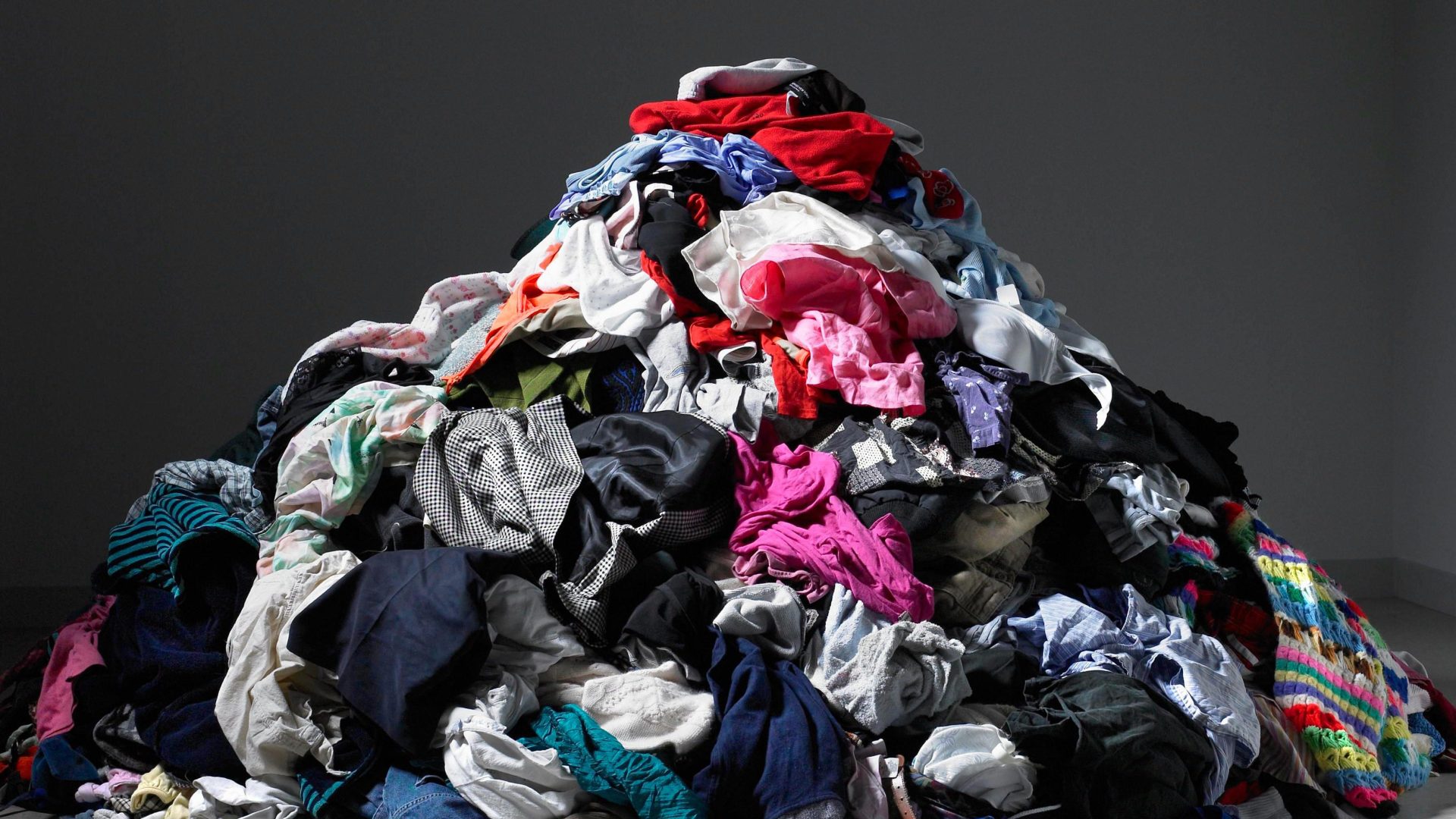
Despite a range of innovations in textile recycling, the collection and sorting of clothing for viable feedstock are slow and arduous tasks still done by people. “It’s a manual process, which means that someone is picking up each piece, looking at it and feeling it,” explains Nora Eslander, head of communications at Swedish recycling innovator Renewcell. “The process is not very efficient.”
Recycling facilities need huge volumes of specific textiles. Currently, there isn’t enough infrastructure or incentive to recover it all, preventing the vast majority of unused clothing from becoming new textiles. Renewcell recycles cotton and viscose into a pulp called Circulose®, which can be used to make regenerative fibres that mimic their virgin counterparts exactly. To keep up with production targets, the company needs to recycle the equivilant of 600 million t-shirts every year. “We’re working with huge volumes so it’s important for us to be able to secure the feedstock and make sure we have regular deliveries of everything we need.”
A basic cotton t-shirt might be the perfect item for recycling, but rarely are our clothes made from a single material. Not only do zippers, buckles and buttons have to be removed before recycling, most of our clothing is blended with different fibre types that mess with recycling machinery — think of the elastic waistband in a pair of trousers or sequins on a dress. “Spandex and elastane are contaminants in the recycling process, and they’re very difficult to get rid of,” says Rademan. “If you have too high of a proportion of these in your garments that makes recycling very difficult.”
Combatting contamination starts in the design process. “We need to think about design for recyclability,” says Rademan. “Brands should be thinking about how to make garments 100% cotton because then they could be recycled, as opposed to adding contaminants that could make recycling less viable. This is a big of part of legislation in the EU, which will play a fundamental role in how it accelerates.” There is a reason material blends are so common in fashion — they are cheaper than pure fabrics. This brings us to our next challenge.
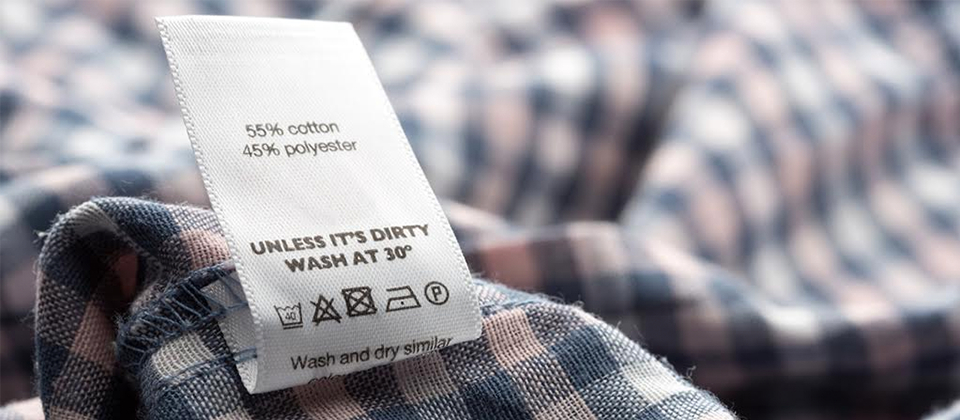
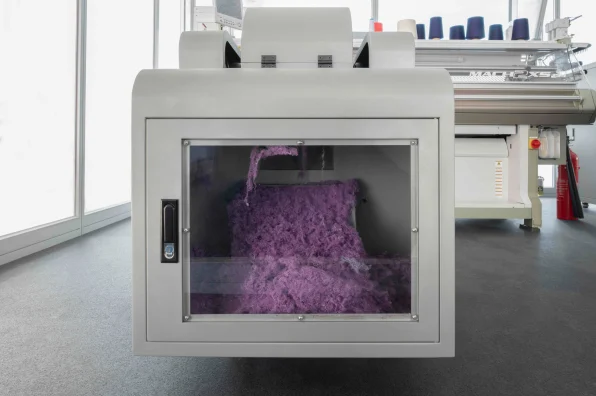
In difficult economic times, consumers aren’t the only ones tightening their belts. “A lot of brands want you to sell them cellulose at the same price as what they buy rayon or modal for, which isn’t reasonable,” says Rademan. As most recycled material suppliers are yet to reach economies of scale, they struggle to compete with cheaper virgin materials on the market.
Eslander says that Renewcell’s Circulose fibre is slightly more expensive than virgin viscose, but it’s still cheaper than materials like organic cotton. “Our thinking is that as we grow as scale, we can lower the price so that it doesn’t become a hurdle for the brands to implement it,” she says. At the end of the day, the bottom line is what most fashion brands are preoccupied with. “Businesses still need to run at commercially viable levels, and in order to incorporate recycled fibres, they need to make commercial sense as well as impact sense for the business,” says Rademan.
Innovators, particularly those with completely new solutions, often struggle to find the financial backing they need to grow. “When you scale something from lab scale to pilot plant or demonstration plant, that’s the riskiest step,” says Eslander. “After that, you have the proof of concept so you can scale to a commercial level, but that’s often where a lot of these technologies get stuck because it requires so much financing.”
It’s a chicken and egg situation, says Rademan. Investors want to see brands buying big quantities of recycled material to feel confident in funding the recycling facilities, but brands are hesitant to buy these quantities while recycling facilities are still in their infancy. “A lot of brands are sitting back and waiting for things to be available at scale, or they’re too nervous to try,” she says. “It is risky, but more collaborative action will advance the industry.”
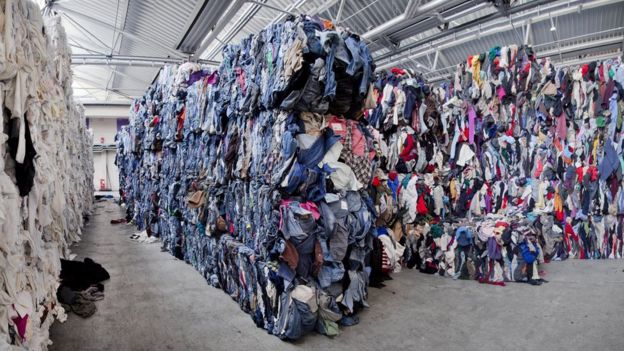
Broadly, you can divide recycled material solutions into three groups: man-made cellulosic fibres (MMFCs) like rayon, lyocell, modal and viscose, polyester, and polyester/cotton blends. Recycling doesn’t exist for many fibre types outside of these groups because cotton, MMCFs and polyester account for the vast majority of textiles on the market — around 82% according to Textile Exchange.
Cellulosics
Alongside Renewcell, Infinited Fibre Company (IFC) is helping lead the charge in cellulosic textile recycling. IFC’s Infinna™ material is made from discarded textiles and other cellulosic waste like cardboard. It mimics cotton, so can be used to make denim, jersey and woven fabrics. IFC’s launched the New Cotton Project to demonstrate how the industry can scale materials like Infinna™.
Polyester
Polyester makes up more than 60% of global textile production, so it’s crucial that it can be recycled back into new materials. Ambercycle is a polyester recycling company based in Los Angeles that breaks down textiles to a molecular level to create its signature recycled material cycora®. Also working in this space are companies like CuRe Technology, Revalyu and Perpetual.
Blends
BlockTexx is an Australian company that separates polyester and cotton from textiles. The polyester is transformed into rPET pellets and new polyester fibres, while the cotton becomes cellulose powder that can be used by a range of industries from textiles to pharmaceuticals. Also innovating in blend recycling is Circ, which uses hydrothermal processing to extract fibres from cotton, polycotton and polyester. They’re working with the likes of Patagonia, Zalando and Inditex to bring these textiles to market.
There are plenty of exciting viable solutions on the horizon, but the fashion industry needs to collaborate, invest and commit to collectively driving the sector forward. “Every brand should be thinking about getting involved in this journey,” says Rademan. “The more that they get involved, the more that will inch us a little bit further along the road.”